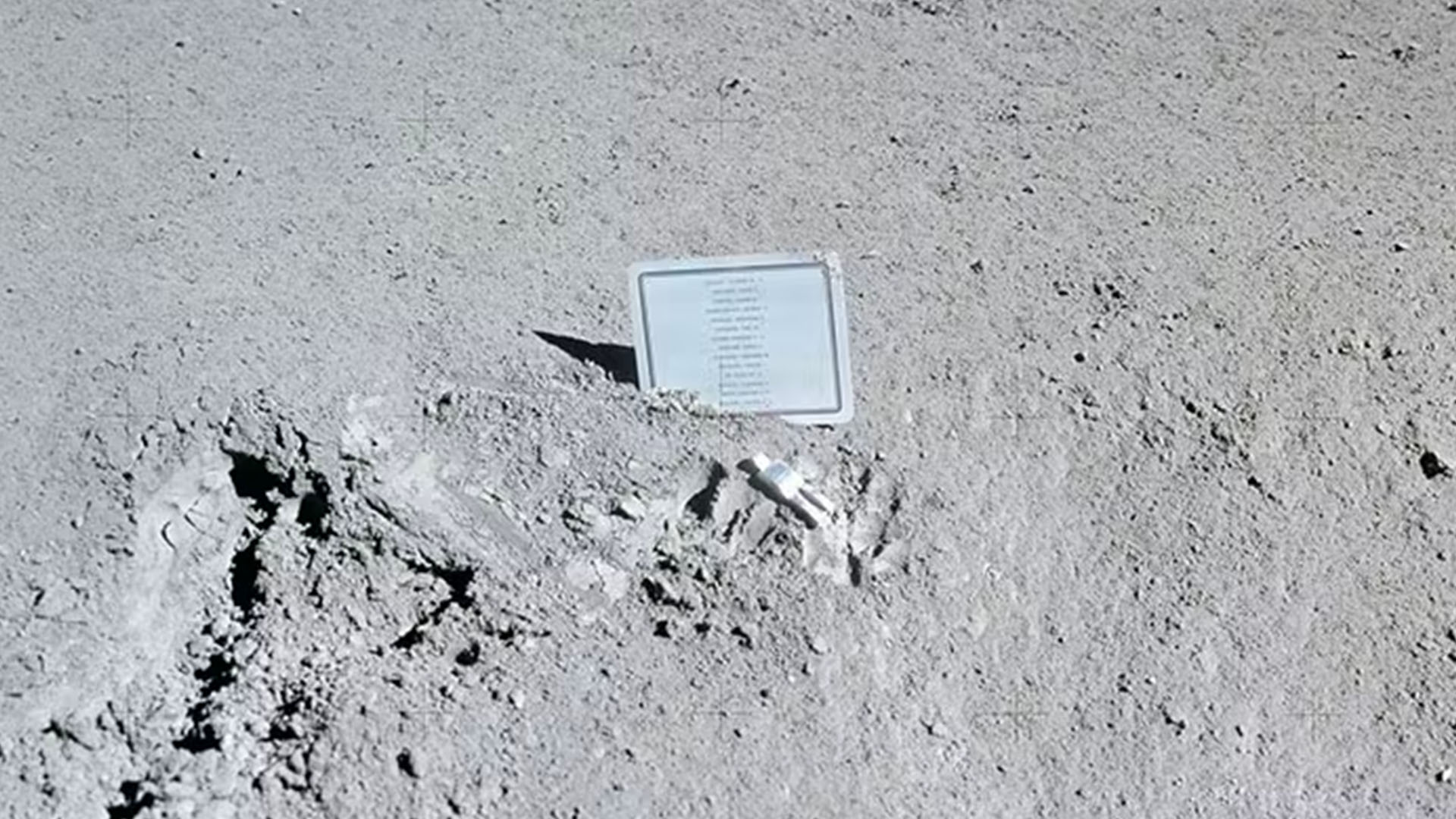Almost dating back to the beginnings of human space travel, we’ve been undertaking projects and missions designed to send art into space. Arguably the first artworks in space could be considered the logos designed and painted by artist Cece Bibby on three Mercury capsules. Running from 1958 to 1963, Mercury was the first US human spaceflight program. The Friendship 7 capsule, featuring Bibby’s work, is currently on display in the National Air and Space Museum in Washington, D.C. Additionally, the painted shingles on the Aurora 7 and Sigma 7 capsules were removed and sent for testing at Purdue University where, after resurfacing in 2019, they were sold at auction for more than $200,000 each.

Then, in 1986, four paintings by American artist, Ellery Kurtz, in collaboration with environmental psychologist, Howard Wishnow, were flown as a conservation experiment on the Space Shuttle Columbia. The idea behind the experiment was to test how pigments fared during the increased G-forces of landing and take-off. Rolled inside a canister, the paintings remained in orbit for 98 days. During that time, researchers noticed no evident degradation of the primers or pigments.
There have also been some art expeditions that didn’t make the return journey, including Fallen Astronaut. This piece involves an aluminum human figurine by Belgian artist Paun Van Hoeydonck and an accompanying plaque with the names of astronauts and cosmonauts who have died in service of space research. These pieces were placed on the Moon by the Apollo 15 crew in 1971.

Additionally, in December 1969, the Moon Museum was sent via the Apollo 12 spacecraft. The piece is a small ceramic plaque with engravings from Robert Rauschenberg, David Novos, John Chamberlain, Claes Oldenburg, Forrest Myers, and Andy Warhol. Voyager 1 and 2 carry two golden disks which contain a message to potential extraterrestrial civilizations that may discover them, which include images, music, greetings in several languages, and artworks. After their launch in 1977, they continue to explore the furthest edges of our galaxy. Voyager 1 left our Solar System (nearly 11 billion miles from Earth) in 2012 and Voyager 2 left our Solar System in 2018.

Fast forward to today and the scope of art in space has changed. Whereas in the past any artwork flown to space would be part of a mission run but a government space agency, that’s not the case now with more billionaires taking on space travel. For example, in 2018, artist Nahum launched an interactive sculpture into orbit aboard the SpaceX Falcon 9 rocket bound for the International Space Station. In 2017, artist Makoto Azuma attached gigantic balloons to bouquets of flowers, sending them 100,000 ft above the Nevada desert. Additionally, in August 2021, Jeff Bezos’s company Blue Origin launched and returned three artworks into space by Ghanaian artist Amoako Boafo. The pieces featured were portraits of the artist, his mother, and his childhood friend, Otis Kwame Kye Quaicoe. The art was painted on the panels which covered the parachute compartments on the rocket’s nose. This launch was the first in a series of ‘Suborbital Triptychs’, a collaboration between Blue Origin and Uplift Aerospace.

In regard to the continuing efforts of projects aiming to launch art into space, artist Nahum stated in an interview with BBC, “Sometimes I think of space as a black canvas… Why should scientists have unlimited reign? Why can’t artists, or anyone else for that matter, have equal access to this new frontier?”







